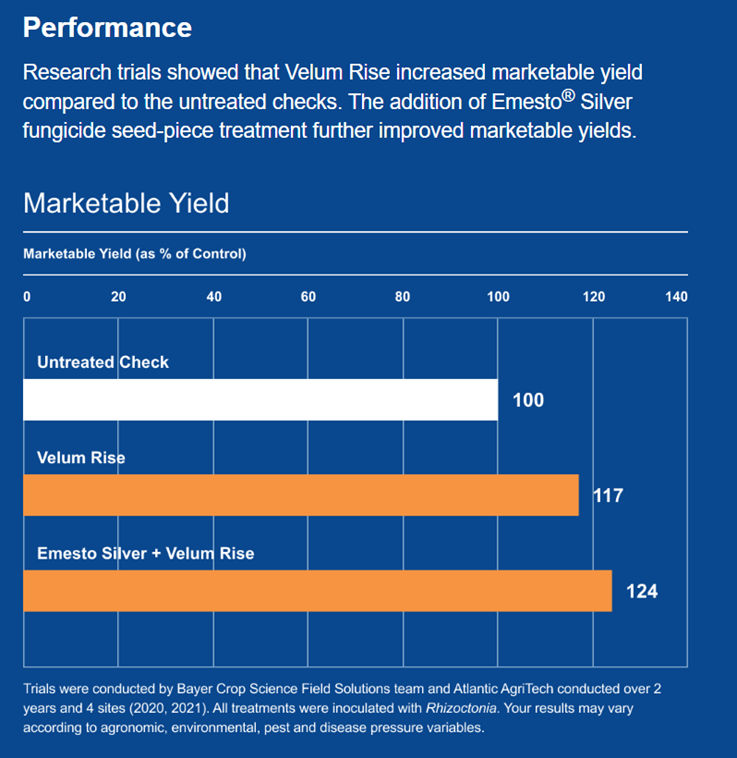5 READ-TIME
Managing Nematodes to Reduce the Impact of Potato Early Dying Complex
March 25, 2025

At first appearance, early dying complex in potatoes is seemingly inexplicable. The plants were thriving, and then they were dying. At that point, a grower has no options. Nematodes along with several diseases, including black dot, early blight, brown spot, white mould, and botrytis, contribute to and can worsen the potato early dying complex (PED). Nematodes also play a significant role in the PED complex.
There are several species of nematodes in Canada that can have a negative impact on yield and/or quality of a potato crop. Not all nematode species are present in all potato growing regions and not all species detrimentally impact crops. The nematodes of the most economic importance to potatoes are the root lesion nematodes.
There are two species of root lesion nematodes, Pratylenchus neglectus and Pratylenchus penetrans. Pratylenchus neglectus is present across all growing regions. P. penetrans is present in Ontario, Quebec, the Maritimes, and British Columbia. This nematode is associated with and interacts with Verticillium wilt. Verticillium wilt is considered a barometer for the amount of early die complex in any given field. There are two theories of how these nematodes interact in the PED complex that are generally accepted by the industry. One theory is that the root lesion nematode creates wounds on the roots allowing for entry of the pathogen. The other accepted means of interaction is that the root lesion nematodes change the physiology of the potato plant rendering it more susceptible to the disease. Regardless of which means of interaction you adhere to, control measures should be considered in fields with P. penetrans.
Root-knot nematodes (Meloidogyne spp.) are not a widespread problem in potato regions. They have more of an impact on tuber quality than on yield. The cyst nematodes (Globodera spp.) are a quarantinable pest that have only been confirmed to be present in two provinces. Lastly, the stubby-root nematodes (Trichodorus and Paratrichodorus spp.), although not common in Canada, transmit the Tobacco Rattle Virus. This virus causes corky ringspot also referred to as “spraing” which manifests as causing brown flecks or arcs throughout the tubers making them unmarketable. These nematodes are quite often associated with corn production.
There are several management tools that can be utilized to mitigate the onset and effects of the PED complex: choose a variety more tolerant to Verticillium, if possible stretch your rotation so that potatoes are grown less frequently on that field, incorporate green manures and/or biofumigants, use of a chemical fumigant will reduce both nematode and Verticillium populations and lastly, the use of Velum® Rise nematicide/fungicide in-furrow to suppress nematode populations is a good short term and sustainable option.
Velum® Rise applied in-furrow is a very different nematode treatment compared to using a chemical fumigant. Whereas fumigants sterilize the soil, removing beneficial organisms as well as pests, Velum® Rise only targets nematodes and specific fungi, leaving the beneficial organisms alone. The added benefit to using Velum Rise in-furrow is that it is also registered for the control of the diseases Rhizoctonia stem and stolon canker, black scurf, and suppression of early blight, black dot and white mould. Early blight and black dot play a major role in increasing the susceptibility of the potato crop to early dying complex.
The Payoff with Velum Rise: Higher Yield Potential and Improved Quality
Bayer Market Development trials showed the overall benefit of using Velum Rise was the increase in marketable yields compared to the untreated checks. The addition of Emesto® Silver seed-piece treatment further improved marketable yields.

Velum® Rise fungicide/nematicide is an effective nematode and disease management tool that should be a part of in an integrated nematode management program for potatoes to protect potato roots and increase yield potential and quality of your potato crop.
ALWAYS READ AND FOLLOW PESTICIDE LABEL DIRECTIONS. Performance may vary from location to location and from year to year, as local growing, soil and weather conditions may vary. Growers should evaluate data from multiple locations and years whenever possible and should consider the impacts of these conditions on the grower’s fields.
Emesto® and Velum® are registered trademarks of Bayer Group. Used under license. All other trademarks are the property of their respective owners. Bayer CropScience Inc. is a member of CropLife Canada. ©2025 Bayer Group. All rights reserved.
